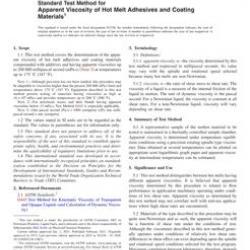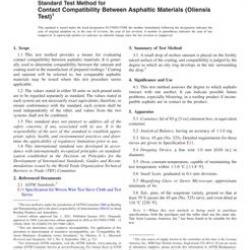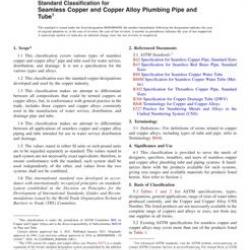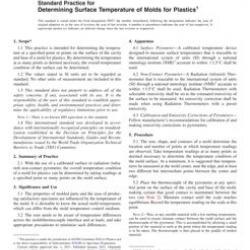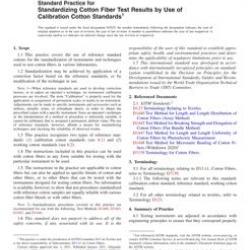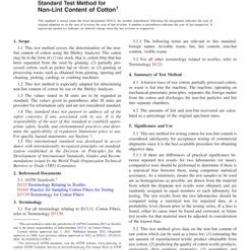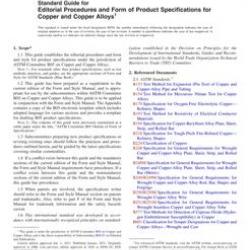No products
ASTM C1495-07
ASTM C1495-07 Standard Test Method for Effect of Surface Grinding on Flexure Strength of Advanced Ceramics
standard by ASTM International, 02/01/2007
Full Description
1.1 This test method covers the determination of the effect of surface grinding on the flexure strength of advanced ceramics. Surface grinding of an advanced ceramic material can introduce microcracks and other changes in the near surface layer, generally referred to as damage (See ). Such damage can result in a change-most often a decrease-in flexure strength of the material. The degree of change in flexure strength is determined by both the grinding process and the response characteristics of the specific ceramic material. This method compares the flexure strength of an advanced ceramic material after application of a user-specified surface grinding process with the baseline flexure strength of the same material. The baseline flexure strength is obtained after application of a surface grinding process specified in this standard. The baseline flexure strength is expected to approximate closely the inherent strength of the material. The flexure strength is measured by means of ASTM standard flexure test methods.
1.2 Flexure test methods used to determine the effect of surface grinding are C 1161 Test Method for Flexure Strength of Advanced Ceramics at Ambient Temperatures and C 1211 Test Method for Flexure Strength of Advanced Ceramics at Elevated Temperatures.
1.3 Materials covered in this standard are those advanced ceramics that meet criteria specified in flexure testing standards C 1161 and C 1211.
1.4 The flexure test methods supporting this standard (C 1161 and C 1211) require specimens that have a rectangular cross section, flat surfaces, and that are fabricated with specific dimensions and tolerances. Only grinding processes that are capable of generating the specified flat surfaces, i.e. planar grinding modes, are suitable for evaluation by this method. Among the applicable machine types are horizontal and vertical spindle reciprocating surface grinders, horizontal and vertical spindle rotary surface grinders, double disk grinders, and tool-and-cutter grinders. Incremental cross-feed, plunge, and creep-feed grinding methods may be used.
This standard does not purport to address all of the safety concerns, if any, associated with its use. It is the responsibility of the user of this standard to establish appropriate safety and health practices and determine the applicability of regulatory limitations prior to use.






